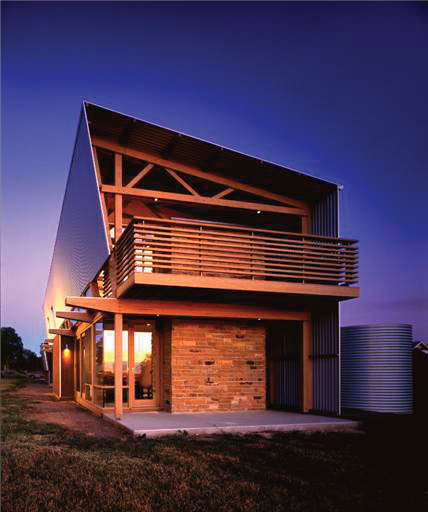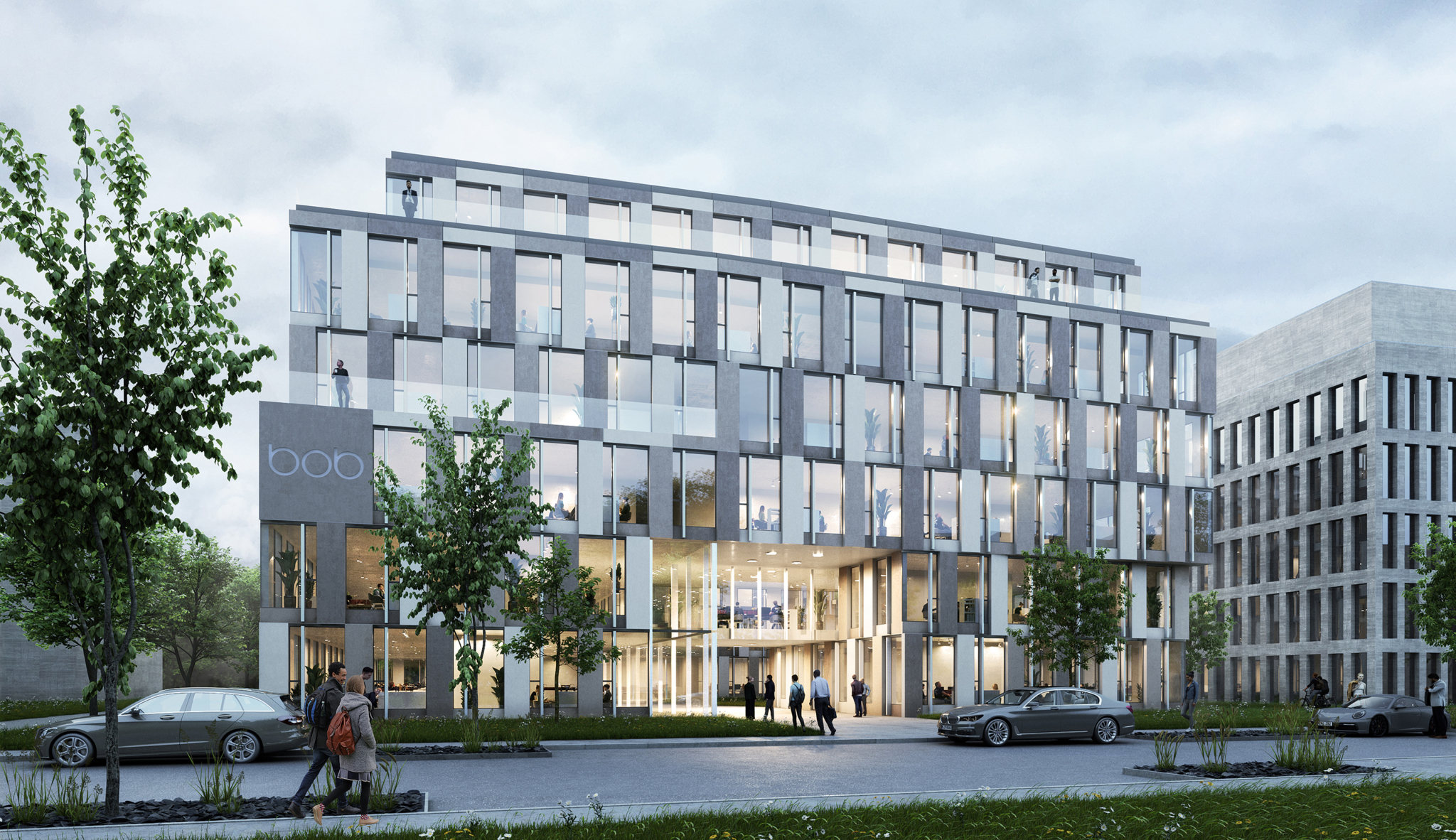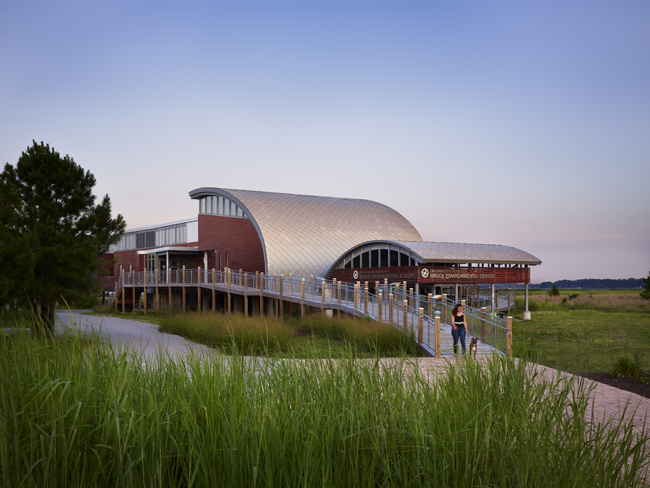Sustainable Design

What is Sustainable Design?
The intention of sustainable design is to "eliminate negative environmental impact completely through skillful, sensitive design". Manifestations of sustainable design require renewable resources, impact the environment minimally, and connect people with the natural environment. Find more information on Wikipedia.
Some common Principles are as follows:
- Eco house/ Sustainable Architecture: is architecture that seeks minimize the negative environment impact of buildings by efficiecy and moderation in the use of materials, energy, and development space.
- House insulation: is a superinsulated house is intended to reduce heating needs very significantly and may even be heated predominantly by instrinsic heat sources with very small amounts of backup heat.
- Energy efficient windows: Where possible buildings are compact in shape to reduce their surface area, with principal windows oriented towards the equator- energy efficient windows - to maximize passive solar gain.
- Solar panel: Active solar devices such as photovoltaic solar panels help to provide sustainable electricty. Solar water heaters can be a cost-effective way to generate hot water for a home.
- Electric energy saving: Sustainable lighting design using low-energy sources such as fluorescent lamps and solid-state lighting. Appliance consumer products meeting independent energy efficiency testing.
- Ventilation with heat recovery: recovery ventilation (HRV) employs a cross flow or counter-flow heat exchanger, providing fresh air and improved climate control, while also saving energy by reducing heating.
Created By: Elizabeth M. Romo





